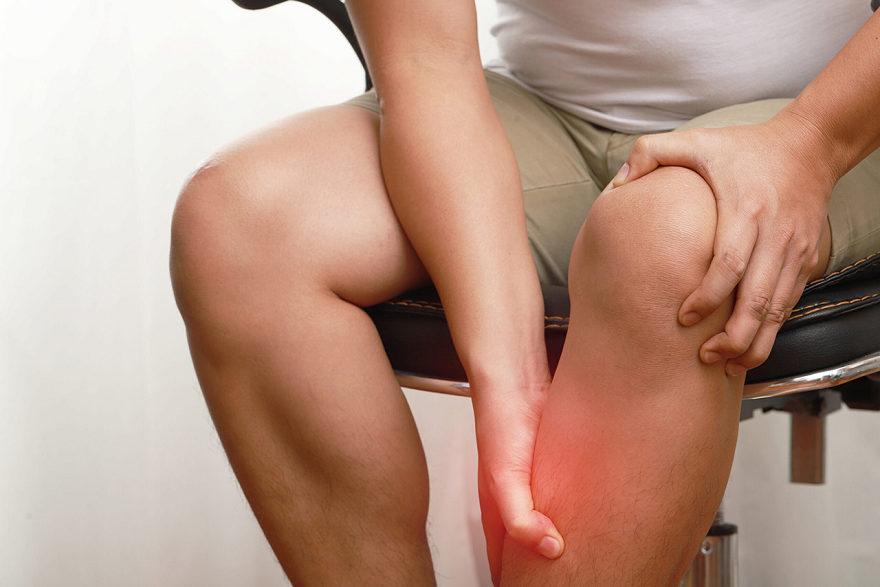Leg muscle pain is a common issue that can arise from various causes, ranging from physical exertion to medical conditions. While occasional muscle discomfort is typically harmless and temporary, severe or persistent pain can affect daily activities and mobility. Understanding the causes and applying the right treatment methods can help alleviate discomfort and promote recovery.
Understanding Leg Muscle Pain
Leg muscle pain can manifest as soreness, cramping, or a persistent ache. It may result from overuse, injuries, dehydration, or underlying health conditions. For instance, an intense workout can cause delayed onset muscle soreness (DOMS), while a lack of electrolytes might lead to muscle cramps. More serious causes include conditions like sciatica, fibromyalgia, or peripheral artery disease (PAD). Proper diagnosis is crucial for determining the appropriate course of treatment.
Immediate Remedies
For acute muscle pain caused by overexertion or minor injuries, rest is the first step. Avoid activities that strain the affected muscle to allow it to recover. Applying a cold compress during the first 24–48 hours can reduce swelling and numb the area, while heat therapy, such as a warm compress or heating pad, can help relax tight muscles and improve blood flow after the initial swelling subsides.
Gentle massage is another effective remedy, as it promotes circulation and reduces muscle tension. Using essential oils like lavender or peppermint can enhance the soothing effect of a massage. If the pain stems from cramps, stretching the affected muscle can help release the contraction and provide relief.
Lifestyle Adjustments
Dehydration is a common cause of muscle pain, especially cramps. Drinking plenty of water throughout the day and consuming foods rich in electrolytes, such as bananas, oranges, and spinach, can prevent imbalances. A balanced diet that includes magnesium, calcium, and potassium is essential for maintaining muscle health.
Incorporating regular stretching and light exercises into your routine can strengthen muscles and prevent future injuries. Simple practices like yoga or Pilates help improve flexibility and reduce the risk of muscle pain. For individuals prone to leg cramps at night, stretching the legs before bed can be particularly beneficial.
Medications and Physical Therapy
Over-the-counter medications, such as ibuprofen or acetaminophen, can be used to manage pain and inflammation. However, these should be taken as directed by a healthcare professional. For severe or chronic muscle pain, doctors may recommend muscle relaxants or prescribe physical therapy. Try Pain O Soma 500mg, Prosoma 500mg
Physical therapy focuses on strengthening the muscles, improving flexibility, and addressing any imbalances that may contribute to pain. A trained therapist can design a personalized exercise plan to target specific issues, such as weak or overused muscles.
Home-Based Treatments
Soaking in a warm bath with Epsom salt is a popular remedy for easing muscle soreness. The magnesium in Epsom salt is absorbed through the skin, helping to relax muscles and reduce inflammation. Foam rolling is another at-home solution for relieving tension in the legs. By applying pressure to specific areas, foam rolling helps release knots and improves blood circulation.
Adequate rest is vital for recovery, especially after intense physical activity. Ensure your legs are elevated during rest to reduce swelling and promote blood flow. Sleeping with a pillow under your legs can also help alleviate discomfort.
Preventing Leg Muscle Pain
Prevention is better than cure when it comes to muscle pain. Start any physical activity with a proper warm-up to prepare your muscles and reduce the risk of injury. After exercise, cooling down and stretching can prevent soreness. Wearing supportive footwear, especially during physical activities, is also crucial in reducing strain on leg muscles.
Maintaining a healthy weight can lessen the pressure on your legs and joints, reducing the likelihood of pain. Additionally, staying hydrated and eating a balanced diet rich in vitamins and minerals will help maintain overall muscle health.
When to Seek Medical Attention
While most leg muscle pain can be managed at home, certain symptoms may require medical attention. Persistent pain that does not improve with rest, swelling, redness, or warmth in the leg could indicate an underlying issue. Sudden, severe pain or difficulty walking may be signs of a serious condition, such as deep vein thrombosis (DVT) or a fracture, and should be evaluated by a doctor immediately.
If leg muscle pain is accompanied by symptoms like numbness, tingling, or weakness, it could signal nerve-related conditions such as sciatica or herniated discs. Consulting a healthcare professional is essential for accurate diagnosis and treatment.
Final Thoughts
Leg muscle pain is a common experience, but it doesn’t have to be debilitating. By addressing the underlying causes and using effective treatment methods, you can alleviate discomfort and promote healing. Immediate remedies like rest, cold or heat therapy, and stretching can provide quick relief, while long-term strategies such as regular exercise, hydration, and a balanced diet can prevent recurring issues.
For persistent or severe pain, seeking medical advice is crucial to rule out serious conditions and ensure proper care. With the right approach, you can manage leg muscle pain effectively and regain mobility, allowing you to return to your daily activities without discomfort.
